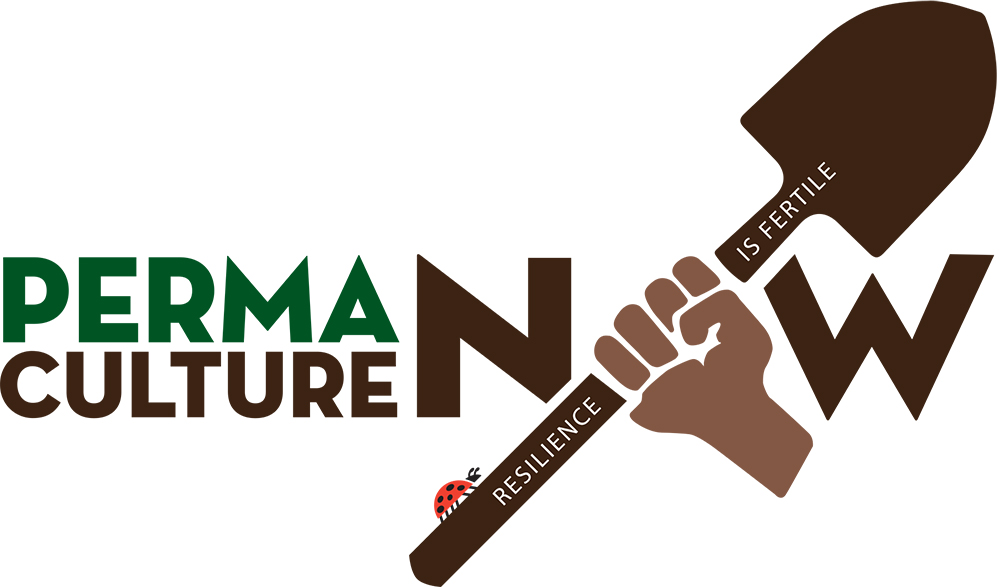Indigenous Cultures
We have been on a learning journey, following the renaissance of indigenous cultures across our country. At this moment of despair, at this moment of bearing witness to the genocide of the children from the indigenous communities across Canada and the United States, how do we not just let that grief overcome us? How do we look at the survivors of these indigenous nations, these indigenous tribes from around the world, who have the deeper embedded knowledge of how to live in a place and use the resources and be a cell in the body of that ecosystem, rather than have dominion over that ecosystem?
As these communities are starting to really lean into their next generations and who they are in the world and what work they’re doing in the world they are starting to create a library of knowledge that we have access to. Thank you to those indigenous communities for sharing their knowledge with us!
We are lucky in Hawaii that we have a relatively intact lineage of Hawaiians who still speak their own language and still use their own indigenous farming practices. They were master fishermen and master farmers, and they’re willing to teach it to us. We just have to learn, we have to be humble in that moment, sit at the feet of the masters and just learn and have respect and reverence for that.
For some weird reason people still don’t recognize the deep knowledge embedded in these indigenous communities. A great example would be the fire danger that’s happening in California, Oregon, and Washington. The campaign of all fire is bad, Smokey Bear, probably one of the best marketing campaigns in the history of marketing.
The indigenous people used fire every year to manage their lands, they managed prescribed burns that had various effects, and it removed the big fire danger. What has happened over time now with forestry, the U.S. forestry departments, misguided management of the forest is that stunning amounts of fuel have been allowed to accumulate in the forest floor. And they’ve allowed millions of little, tiny trees to grow up that are really skinny, and they’re just ready to burst into flames at the smallest spark.


In these indigenous communities, they would do a prescribed burn to just burn the under-story on very specific days. The elders in these communities taught which day was a bad day to do a burn and which day was a good day for the burn. When it was deemed a good day, all the community would come together, and they would very specifically burn a specific amount of acreage that they could manage. And then from there, there is an open canopy for the deer to come through. There’s the basket weaving materials, there’s the under-story plants that grow that are the berries and the food for the community. The smoke would go up into the canopy and kill the insects in the leaves of the trees. And so there is this knowledge that’s been banned for decades and decades and decades.
In Hawaii, they have stolen all the water from the indigenous farmers. Still a battle today, foreign owned farming companies come in and buying up the majority of farm land on the island of Maui and the first thing they do is make a play for control of all the water at the exact moment we are trying to finally make headway on restoring the streams for Hawaiian indigenous families, and farming practices. And the battle is not over.
